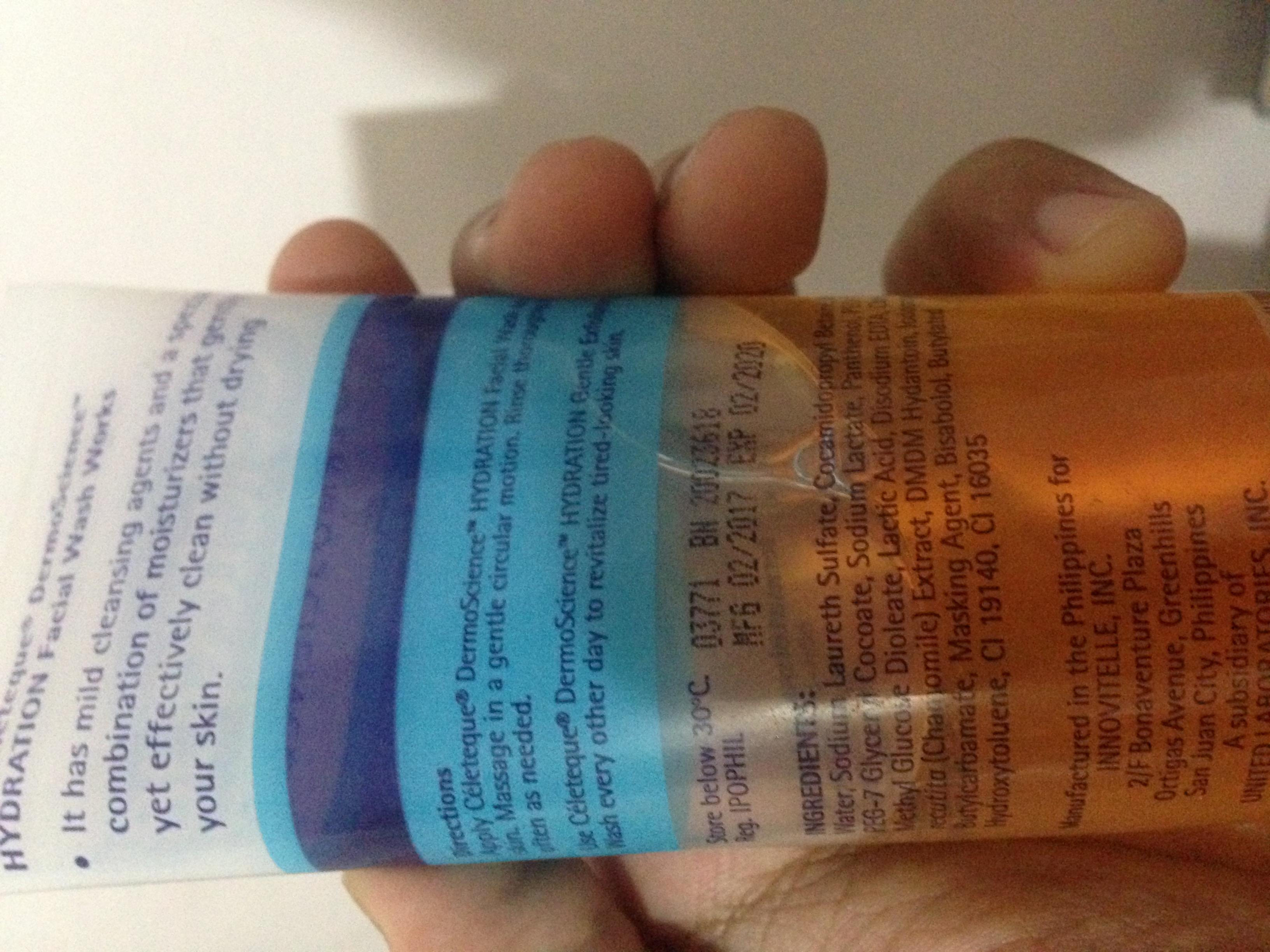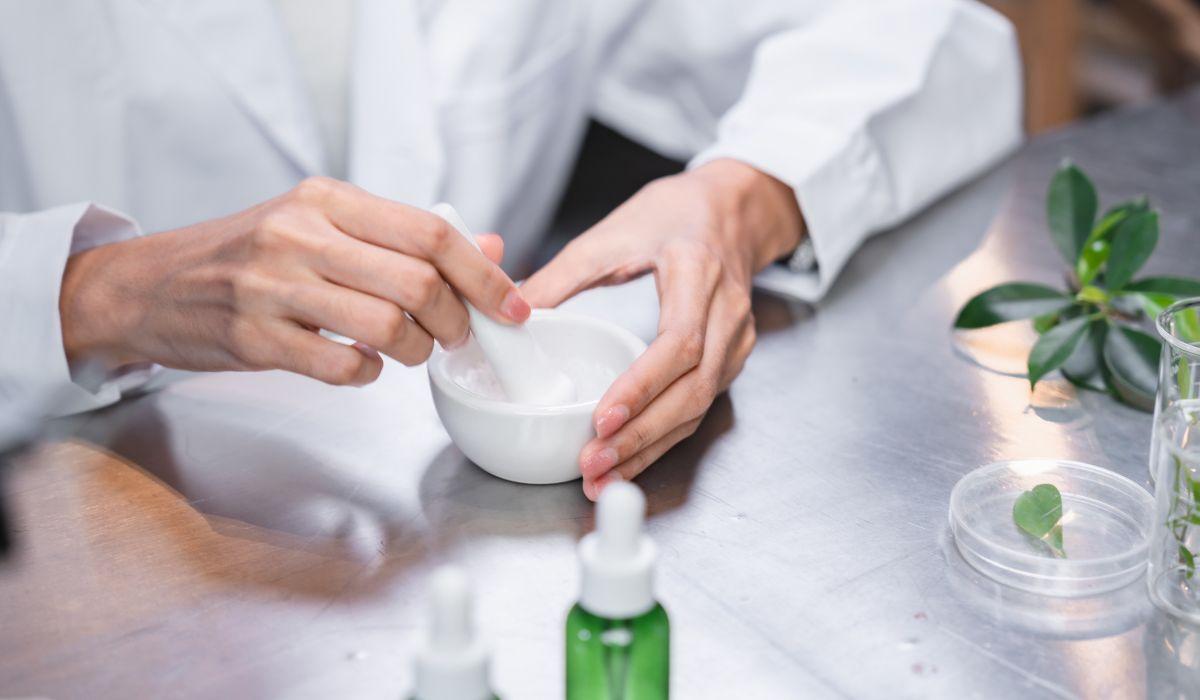Skincare Mistakes You Should Avoid Right Now
In the ever-evolving world of skincare, where trends rise and fall as swiftly as the seasons, achieving that coveted glow can sometimes feel like navigating a labyrinth. Amidst the myriad of serums, creams, and elixirs promising youthful radiance, it’s easy to stumble into common pitfalls that can derail your journey to flawless skin. Whether you’re a skincare aficionado or a curious newcomer, understanding these missteps is crucial to refining your routine. In this article, we illuminate the skincare mistakes you should avoid right now, helping you pave a clearer path to healthier, more vibrant skin. Join us as we unravel the secrets to sidestepping these all-too-common blunders and discover how to truly let your skin shine. Over-exfoliating: The Silent Saboteur of Your Skin”>
Over-exfoliating: The Silent Saboteur of Your Skin”>
Over-exfoliating: The Silent Saboteur of Your Skin
In the quest for flawless skin, many fall into the trap of scrubbing away imperfections with fervor, only to find their skin retaliating with redness, irritation, and breakouts. The allure of silky-smooth skin often leads to the common pitfall of using exfoliants more frequently than necessary. This seemingly innocuous habit can disrupt the delicate balance of your skin’s natural barrier, leaving it vulnerable and compromised. To keep your skin in harmony, it’s essential to understand the signs that you’re going overboard.
- Redness and Irritation: Your skin’s way of waving the red flag, indicating distress.
- Increased Sensitivity: Sudden sensitivity to products you’ve used comfortably before.
- Breakouts: Ironically, stripping the skin can lead to more acne, not less.
- Dryness and Flakiness: Over-exfoliating can strip away essential oils, leaving your skin parched.
Balance is key. Opt for a gentle exfoliant and limit usage to a couple of times a week. Your skin will thank you with a radiant glow rather than an angry flush.

Ignoring Ingredients: How to Decode Your Skincare Labels
When it comes to skincare, the list of ingredients on the back of the bottle can often feel like a cryptic code. However, understanding these labels is crucial to avoid common pitfalls. Many people focus on the front of the packaging, where bold claims and buzzwords reside, but the real story lies in the ingredients list. Key elements you might want to look out for include:
- Active Ingredients: These are the powerhouses of your skincare product, like retinol or hyaluronic acid. They are usually listed towards the top, indicating higher concentration.
- Fillers: Substances such as water or alcohol may be used to dilute or preserve, often found in abundance in less effective products.
- Potential Irritants: Fragrances and dyes can cause irritation, especially for sensitive skin types. If you notice any irritation, it’s wise to check if these are present.
Understanding the role of each ingredient helps you tailor your skincare routine to your unique needs, avoiding ineffective or harmful products. Dive beyond the marketing to decode what truly benefits your skin, ensuring each product earns its place in your daily regimen.

Skipping Sunscreen: The Unseen Consequences of UV Exposure
Neglecting to apply sunscreen might seem harmless, especially on overcast days or when spending minimal time outdoors. However, the invisible repercussions of UV exposure can be profound and long-lasting. Ultraviolet rays, even in small doses, have the potential to cause skin damage that accumulates over time. This can lead to premature aging, characterized by fine lines, wrinkles, and age spots. More critically, prolonged exposure without protection significantly increases the risk of developing skin cancer, a threat often underestimated until it becomes a reality.
- Hyperpigmentation: Unprotected skin can develop uneven skin tone and dark spots.
- Loss of Skin Elasticity: UV rays break down collagen, leading to sagging skin.
- Eye Damage: UV exposure can harm the eyes, leading to conditions such as cataracts.
- Suppressed Immune System: Excessive UV exposure can impact the skin’s natural defense mechanisms.
Incorporating a broad-spectrum sunscreen into your daily routine, even on cloudy days, is a simple yet effective way to safeguard your skin from these hidden dangers. Opt for SPF 30 or higher and ensure it becomes as habitual as brushing your teeth.
Moisturizing Mishaps: Choosing the Right Hydration for Your Skin Type
Finding the perfect moisturizer can feel like navigating a labyrinth of lotions, creams, and serums. The key to avoiding hydration havoc lies in matching your product to your skin’s unique needs. Here’s a guide to ensure your skincare routine doesn’t backfire:
- Oily Skin: Opt for lightweight, non-comedogenic gels that hydrate without clogging pores. Look for ingredients like hyaluronic acid or glycerin.
- Dry Skin: Choose rich, emollient creams infused with nourishing oils such as argan or jojoba to lock in moisture and repair the skin barrier.
- Combination Skin: Balance is key. Use a gel-based moisturizer on oily areas and a creamier formula on dry patches.
- Sensitive Skin: Steer clear of fragrances and alcohols. Gentle, hypoallergenic products with calming agents like aloe vera or chamomile are ideal.
By aligning your moisturizer with your skin type, you can dodge common pitfalls and enjoy a complexion that feels as good as it looks. Remember, the right hydration can make all the difference!
In Retrospect
As we wrap up our exploration of common skincare pitfalls, it’s clear that achieving radiant, healthy skin is as much about knowing what to avoid as it is about finding the right products. By steering clear of these frequent missteps, you pave the way for a more effective and harmonious skincare journey. Remember, your skin is as unique as you are, deserving of patience, understanding, and a touch of diligence. So, go forth with newfound clarity, armed with the knowledge to nurture your skin wisely. Here’s to embracing a more informed path to the glowing complexion you deserve—because your skin’s story is one worth telling with care.


